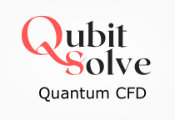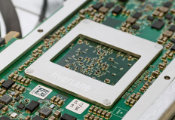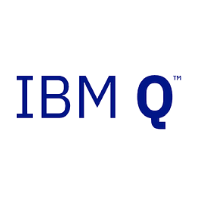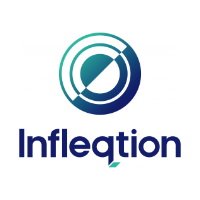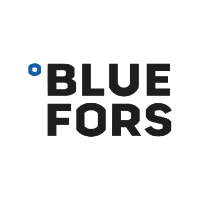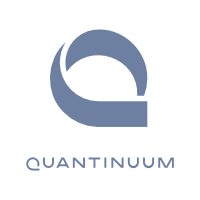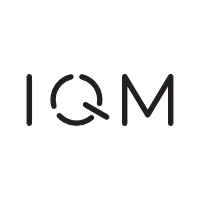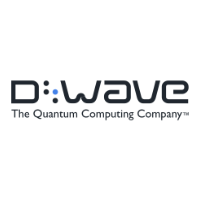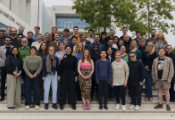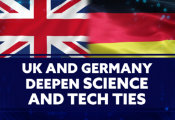Novel Nanoscopy Platform Advances Quantum Capabilities
September 16, 2025 -- Superconducting transition-edge sensors are renowned for their extraordinary photon sensitivity and energy resolution. Applications can be found in quantum information, astronomy and nanophotonics.
In a paper recently published by the American Physiological Society (APS), Stony Brook University researchers reported the development of bolometric superconducting optical nanoscopy (BOSON), a novel platform that integrates bolometric detection at the superconducting transition edges with near-field optical techniques. BOSON enables the mapping of photo-induced changes in superconductivity with unprecedented spatial resolution and photon sensitivity.
“By incorporating BOSON with low-dimensional materials, we achieved polariton imaging at nanowatt excitation levels — at least four orders of magnitude lower than the power typically required in prior near-field nanoscopy experiments,” said Mengkun Liu, a professor in the Department of Physics and Astronomy. “Our findings highlight the potential for BOSON to advance scanning-probe-based optical platforms to enable the detection of photons, polaritons, and Cooper pair dynamics at the nanoscale. This paves the way for quantum sensing applications using single-polariton detection and can offer deeper insights into quasiparticle dynamics.”
Stony Brook University is focused on quantum education and research. A Stony Brook-led team recently received a $4M grant to develop a 10-node quantum network, but Liu added the field lacks tools for traditional quantum computing and quantum material characterization. His research aims to support quantum material and sensing applications, and has received funding from DOE, NSF, and the Gordon and Betty Moore Foundation, totaling $3 million. The team plans to further develop the technique to achieve even lower temperatures and enhance its sensing applications.
“Our research is very different from the research being done regarding quantum networks, filling a gap in quantum material research, which is a basic and fundamental characterization of the quantum materials that form these quantum systems,” said Liu. “With this we can now do research on the quantum material side. We can go to low temperatures and we can do nano-scale measurement in high magnetic fields. If we can go to even lower temperatures, for example 1°K (-457°F), then we can build larger collaborations with different facilities and institutions to make it even more powerful.”
Jing Ran, a research fellow working in Liu’s group, said the benefits to Stony Brook are threefold.
“We designed this experiment knowing that near-field communications is a growing community,” said Ran. “It started around 20 years ago and is getting larger and larger, and a constant focus is how near-field optics can contribute to fundamental quantum physics. We can now apply this optic technique to contribute to traditional material research like superconductors.”
Near-field communication (NFC) is a set of communication protocols that enables communication between two electronic devices over a microscopic distance. An application of this would be on photonics computer chips.
“One key focus that we were constantly working on was that we ultimately can extract nanoscale information and optical information from these conductors,” said Ran. “That was our goal when we designed this experiment.”
The second aspect, he said, is the shifting attention by government and academia to quantum computing, quantum sensing and quantum information science.
“We need to think about how Stony Brook can contribute to these efforts,” said Ran. “Right now there is no effective method to approach these topics at the nanoscale with low-energy photons and low photon counts, but we are taking real steps into the material and devices that are used in quantum computing based on condensed matter systems. We would like to contribute to this community and bring valid information.”
The third benefit is shaping the direction of near-field techniques themselves.
“Near-field is a technique that bridges optics and material size,” said Ran. “In addition to working on the materials side, on the optics side we’re thinking about whether we can do single-photon detection at the nanoscale. Single-photon detection is related to quantum computing and quantum science because it’s the best platform that can support quantum sensing and quantum computation. Right now there are only few groups in the world who can do it. So how we can do it?”
Solving that, he said, would open new doors for the near-field community. “Building on the BOSON framework, future work will aim to extend the capabilities of superconductor-based nanoscopy, covering a broader frequency range, unveiling local superconductivity dynamics, and potentially achieving single-photon or-polariton imaging nanoscopy for quantum science applications.”
“It sounds like we’re piecing a puzzle together, but we can extract optical information and nanoscale off a superconductor, and in this process, it becomes a very nice platform for quantum sensing in nanoscale,” said Boyi Zhou, an associate research scientist at Columbia University and the paper’s co-first author. “This brings many benefits to our community. And the overall physics, when we think about what this community cares about right now, we are really on the frontier of what is possible.”
Liu’s team has been working on the research for almost three years, as part of a longer five-year project. The next goal, he said, is to reach even lower temperatures, which will open the door to a broader range of applications. In the end, said Liu, these new capabilities will enable Stony Brook to collaborate with more institutions on samples that have traditionally been out of reach. “We expect this work will extend further to other applications and allow us to establish collaborations worldwide very quickly.”
He emphasized that this progress has been made possible by the strong infrastructure and supportive research ecosystem at Stony Brook. The university’s investment in state-of-the-art facilities, its close partnership with Brookhaven National Laboratory, and its highly collaborative scientific community have together created an environment where high-impact ideas can take root and flourish. This ecosystem not only fosters technical innovation but also provides the mentorship, interdisciplinary exchange and institutional commitment essential for advancing frontier research.
Liu also acknowledged the critical role of institutional support.
“This year, we received very generous matching funds from the College of Arts and Sciences, BNL Affairs, the Department of Physics and Astronomy, the Provost’s Office, and the Office of Research and Innovation,” he said. “We are especially grateful to Nina Maung-Gaona, senior associate vice president for research and innovation at Stony Brook, for her invaluable guidance and support throughout this long journey,” said Robert Emproto.


